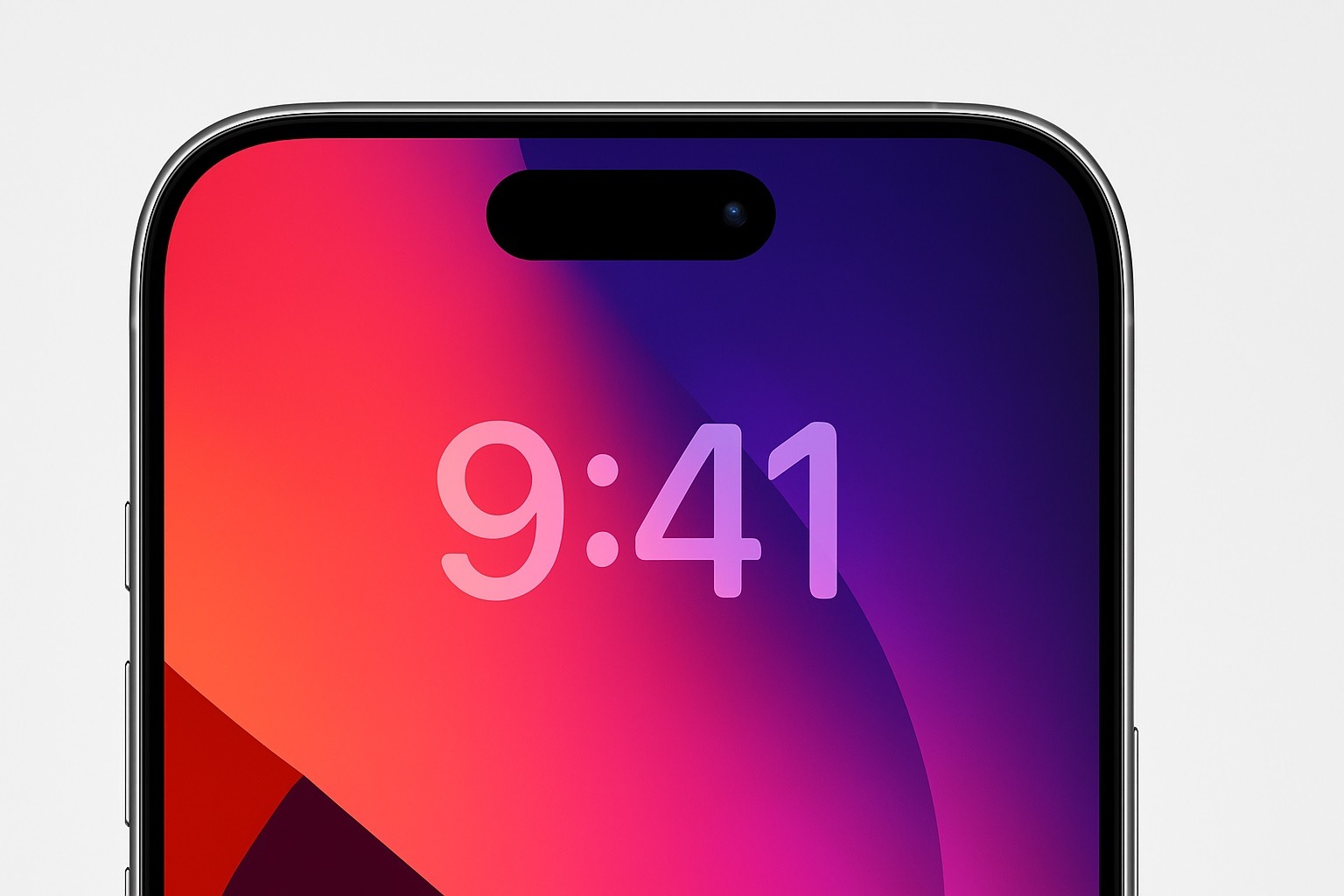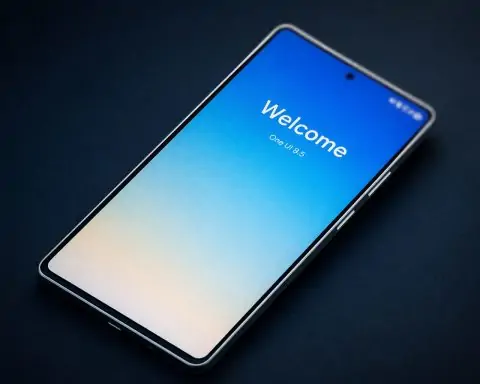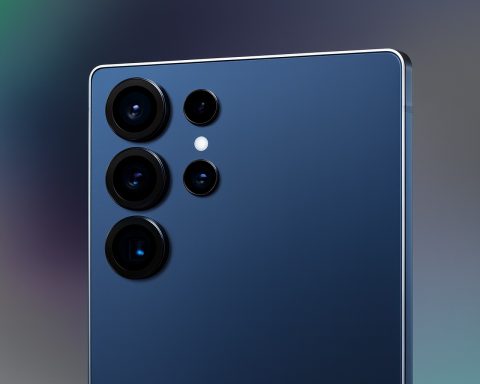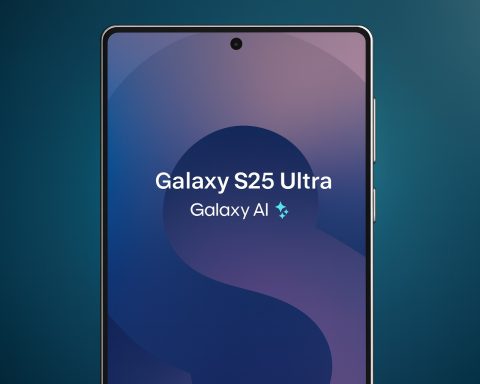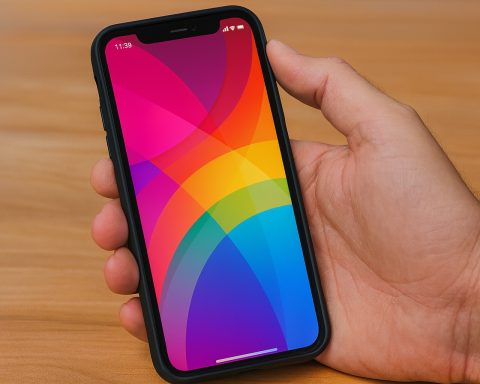- iOS 26.1 beta 4 introduces a new “Tinted” setting that makes Liquid Glass more opaque. Users can now choose between the original “Clear” look or the new “Tinted” mode in Settings [1] [2].
- The toggle was added after user complaints about the overly glassy design. The default Liquid Glass interface drew criticism for low contrast and eye strain, and testers had asked for a less translucent option [3] [4].
- You’ll find the option under Settings → Display & Brightness → Liquid Glass (on Mac it’s in System Settings → Appearance). The same Clear/Tinted choice is also in iPadOS 26.1 and macOS 26.1 betas [5] [6].
- In addition, the iOS 26.1 beta adds a toggle to disable the lock-screen “Swipe to open Camera” shortcut [7], and it expands language support in Apple Intelligence and AirPods Live Translate [8].
- The iOS 26.1 update (along with corresponding iPadOS 26.1 and macOS 26.1) is expected to ship to all users in late October 2025 [9].
Background: Apple’s Liquid Glass Design
Earlier in 2025, Apple unveiled a sweeping new look for iOS, iPadOS and macOS called Liquid Glass [10]. The company described Liquid Glass as a “translucent material [that] reflects and refracts its surroundings” to create a fluid, glass-like interface [11]. This design language – inspired by the Apple Vision Pro’s floating UI – infuses toolbars, widgets, notifications and icons with heavy translucency and animated highlights. The goal, Apple said, was to make interface elements “more expressive and delightful” and give greater focus to content across all devices [12].
By mid-September 2025, iOS 26 (and related system updates) launched to the public. Almost immediately, many users reported problems. Reviews and forum threads logged a “long list of complaints about Liquid Glass, from the impact on readability to lag caused by animations” [13]. Wired magazine called the response “divisive” and warned that Liquid Glass often “muddies” the UI rather than clarifying it [14]. Users said the frosted backgrounds reduced contrast, made text harder to read, and even caused vertigo or eyestrain in some cases [15] [16]. A Gizmodo reporter noted an odd tilt illusion on app icons when viewed against dark wallpapers [17], and some Apple forums were filled with complaints that the new interface felt sluggish or “cartoony.”
Why Apple Added a Tinted Mode
Apple says it heard the feedback. In the latest developer beta (iOS 26.1 beta 4), a new setting appears under Settings → Display & Brightness → Liquid Glass [18] [19]. Here you can switch between Clear (the original look) and Tinted mode. In Clear mode, UI elements remain highly transparent, showing the wallpaper through them. In Tinted mode, Apple “increases the opacity of Liquid Glass UI elements and improves contrast” – effectively adding a colored backplane behind toolbars and dialogs [20]. This makes navigation bars, menus, and lock-screen notifications less see-through, easing the legibility issues cited by users. MacRumors tested the beta and confirms that Tinted mode adds subtle color (light or dark, matching the theme) behind buttons and menu bars, while leaving things like the Control Center and Home Screen icons mostly unchanged [21].
MacRumors reports that Apple explicitly credits user feedback for the change. As the site quotes Apple: during beta testing “user feedback suggested that some people would prefer to have a more opaque option for Liquid Glass” [22]. In other words, the company is giving users a choice after critics complained that the original “glass” was too clear. The Verge likewise notes that the new beta “lets you tint Apple’s Liquid Glass design” so the interface is “more opaque” than before [23].
Reaction and Next Steps
Users and reviewers have already greeted the tinted mode positively. For example, TechRadar notes that a Reddit thread on the change includes comments like “this is good” and “finally, a win for the people with poor eyesight.” [24] In the TechRadar write-up, the author quips that adding a tint is “certainly desirable” for those who found the glassy look problematic, and that it offers “the best of both worlds” – users can keep the original style if they like, or switch to tinted as needed [25].
Design experts have also weighed in. Jonas Downey (co-creator of the Hello Weather app) told WIRED that while he appreciates Apple’s flair, the new Liquid Glass “interfaces feel complicated and overbearing,” and too often “do the opposite” of letting content shine [26]. Photographer/developer Ben McCarthy (creator of the Obscura Camera app) echoed the sentiment, saying the effect “creates distortions that catch your eye as content scrolls,” and noting “fundamental legibility issues” when backgrounds change dynamically behind translucent UI panels [27]. Such feedback apparently helped push Apple to add more customization.
Meanwhile, the iOS 26.1 beta 4 rollout has brought a few other fixes in line with user requests. In Settings, you’ll also find a new toggle to disable the lock-screen swipe to open the Camera – useful for preventing unwanted quick camera launches [28]. The beta also expands Apple Intelligence (Siri/AI) and Live Translation in AirPods with additional languages [29]. These changes show Apple is fine-tuning iOS 26 before the final release.
According to MacRumors, iOS 26.1 and its companion updates (iPadOS 26.1, macOS 26.1) are expected to reach the public in late October 2025 [30]. At that point, every user will be able to choose whether they want the ultra-slick Clear look or the more muted Tinted style. As one commenter put it, it’s “the best of both worlds” – fans of the frosted-glass effect can keep it, and those who found it jarring can tone it down [31].
Sources: Apple Newsroom (June 2025) [32]; MacRumors (Oct. 2025) [33] [34]; The Verge (Oct. 2025) [35] [36]; TechRadar (Oct. 2025) [37] [38]; Wired (Sep. 2025) [39] [40]; MacRumors forums and press coverage [41] [42].
References
1. www.macrumors.com, 2. www.macrumors.com, 3. ground.news, 4. www.techradar.com, 5. www.theverge.com, 6. www.macrumors.com, 7. www.theverge.com, 8. ground.news, 9. www.macrumors.com, 10. www.apple.com, 11. www.apple.com, 12. www.apple.com, 13. www.macrumors.com, 14. www.wired.com, 15. www.techradar.com, 16. www.macrumors.com, 17. gizmodo.com, 18. www.theverge.com, 19. www.macrumors.com, 20. www.macrumors.com, 21. www.macrumors.com, 22. www.macrumors.com, 23. www.theverge.com, 24. www.techradar.com, 25. www.techradar.com, 26. www.wired.com, 27. www.wired.com, 28. www.theverge.com, 29. ground.news, 30. www.macrumors.com, 31. www.techradar.com, 32. www.apple.com, 33. www.macrumors.com, 34. www.macrumors.com, 35. www.theverge.com, 36. www.theverge.com, 37. www.techradar.com, 38. www.techradar.com, 39. www.wired.com, 40. www.wired.com, 41. www.macrumors.com, 42. www.macrumors.com
